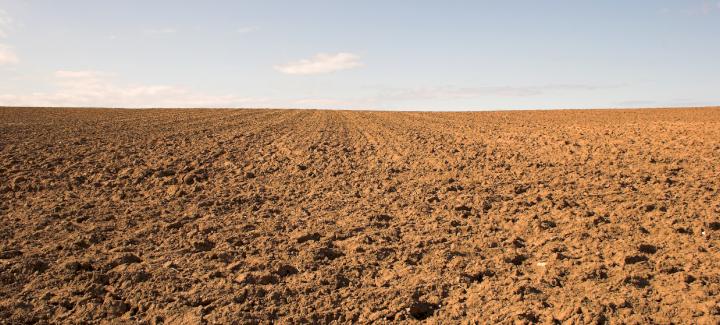
Nitrogen, phosphorus and potassium may be the lead players in the quest for higher yields, but there’s a fourth teammate who should be in your starting lineup. As you map out your soil fertility plan for 2022, don’t bench the sulfur! While known as the fourth major nutrient in crop production, sulfur is essential to the uptake of nutrient No. 1 — nitrogen. This is why we’re seeing more and more lab experts add sulfur recommendations in tandem with nitrogen recommendations in soil sample reports. As Stine Corn Technical Agronomist Bill Kessinger often says, “It takes a lot of groceries to feed your crop,” and without sulfur, it becomes increasingly difficult to achieve top-end yields. Timely sulfur applications need to be a part of your super management strategy for next year.
Say “yes” to S
Sulfur is a macronutrient, which means that plants use it up in larger quantities. Sulfur, like nitrogen, is essential for chlorophyll production and photosynthesis of the plant. It is also essential in nutrient uptake.
Sulfur is typically located in the organic matter in the soil, but it cannot be translocated through the roots to the rest of the plant until it has mineralized and converted to sulfate (SO4-2). Once in the sulfate form, the nutrient is mobile and acts like nitrogen, which is why we often recommend applying sulfur and nitrogen at the same time. To mineralize into its sulfate form, organic material makeup in the soil must decompose. Decomposition is affected by moisture, temperature and the soil environment, which help the sulfur break down to its mineralized form. If mineralization doesn’t occur, sulfur becomes immobile and results in sulfur deficiency.
Why do we need more?
The need for more sulfur in crop production isn’t new, but it’s something that has been an increasing need each year.
- Reduced greenhouse gas emissions in the atmosphere mean that less sulfur dioxide is deposited back into the soil. For example, 20 years ago we may have gotten between 70 to 90 pounds of sulfur per acre from the atmosphere, but now we’re down to about 5 pounds per acre.
- The more plants per acre, the more nutrients consumed. For the past few decades, planting populations have been getting higher and higher as genetics have been developed to withstand higher population, narrow row environments. The higher the population, the higher the yields, so the more nutrients are taken out of the ground by the crop. It’s estimated that harvest alone removes approximately 0.1 of 1 pound of sulfur per bushel of corn and 0.17 of 1 pound per bushel of soybeans.
Where do I start?
Assuming soils haven’t had a hard freeze, there’s still time to get a soil sample to help determine what this year’s crop used up. Soil fertility specialists at the University of Minnesota Extension note that “Soil tests for sulfur will not predict where yield deficiencies to S will occur. Instead, look at soil organic matter concentration in the top 6 inches to assess where deficiencies may occur.” They go on to say that deficiencies are most common when soil organic matter is below 2%.
Once the soil sample has been analyzed, the lab should provide recommendations for the nutrients your soil is lacking. If you had a bumper crop year, it should be an automatic best practice to add nutrients right up front to replace the ones you took out. Sulfur can be applied in a few different ways — after harvest or in-season.
- A fall application can help replace what you took out of the ground but also gives the nutrient more time to break down into the sulfate form to use with next year’s crop. Our experts recommend using ammonium sulfate or ammonium thiosulfate at 1 pound for every 5 to 10 pounds of nitrogen.
- An in-season application is critical during the growth stages of the crop. We need sulfur to be plant available as soon as the plants need it. It’s said that corn takes up 38% of sulfur during the final three stages of growth. Consider a side dress or over-the-top application with rates of phosphorus, potassium and nitrogen along with sulfur. In fact, sulfur should always be added to an in-season fertilizer application.
To learn more about super management practices for your fields, including timely sulfur applications, contact your local Stine sales representative.
Related Articles
-

Stine® to offer Syngenta’s Victrato® soybean seed treatment in 2026
December 2025 in Agronomy
-

Use Stine’s XP® seed treatments to prevent early injury to your crops
December 2025 in Agronomy
-

Understanding Stine’s enhanced oil profile soybeans
December 2025 in Agronomy
-

Soil sampling sets the stage for spring
November 2025 in Agronomy



